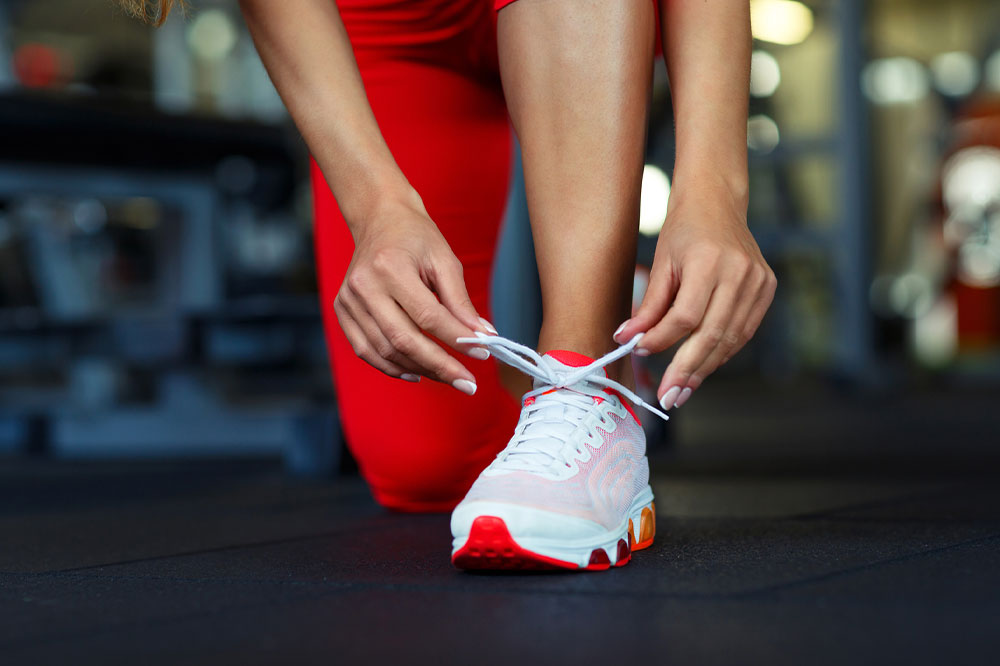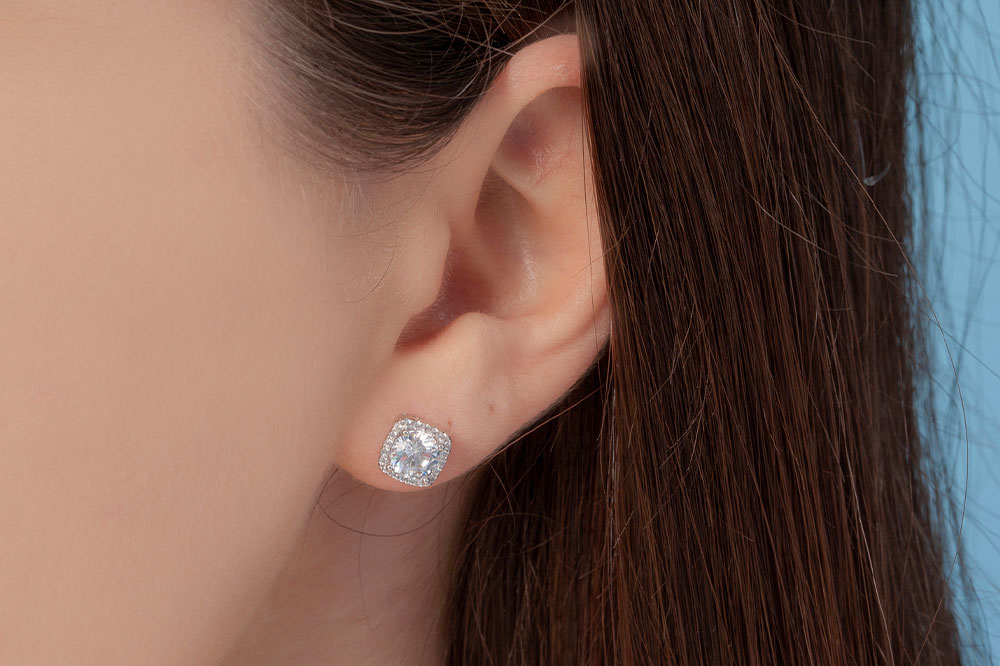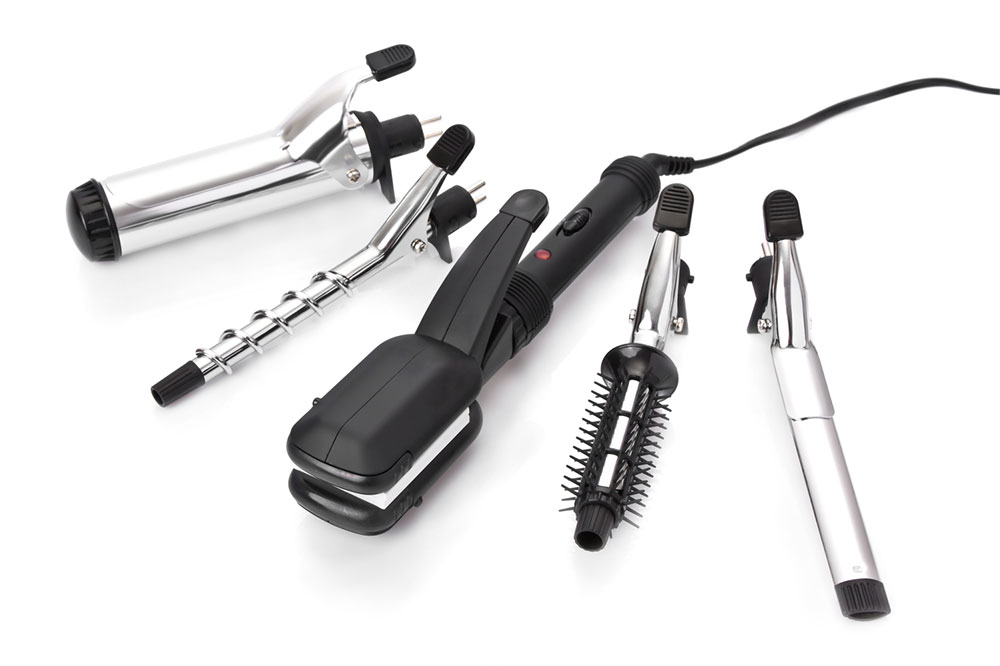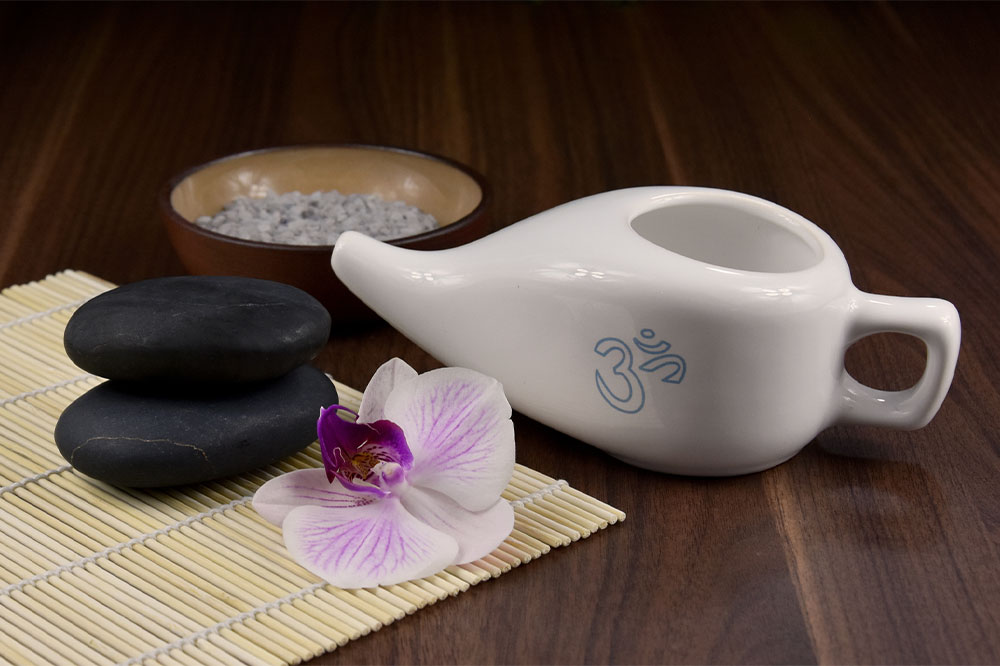3 ways to manage hemophilia
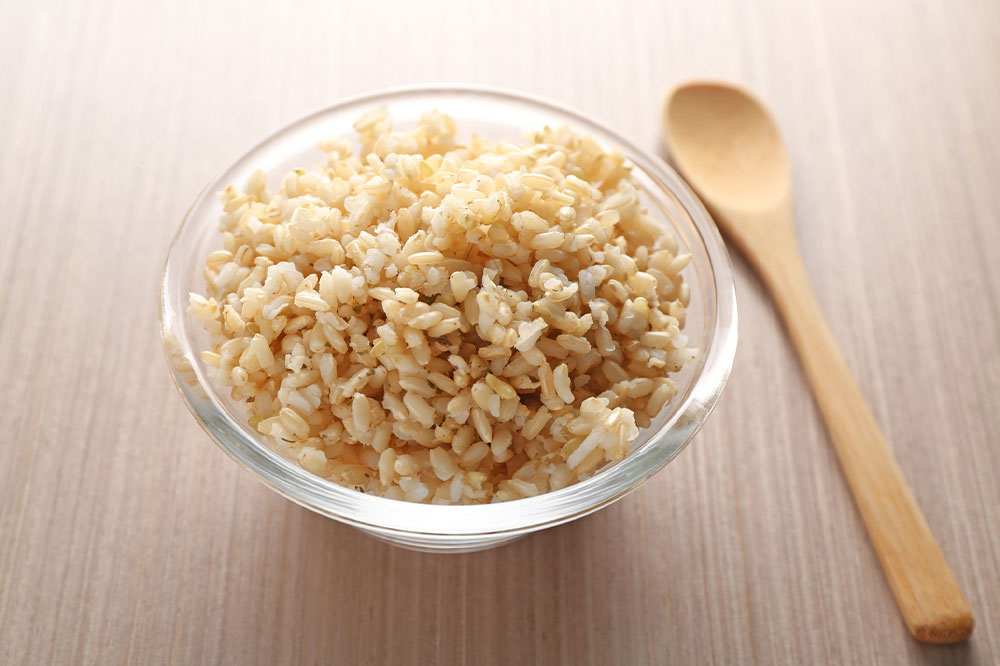
Hemophilia is a disorder characterized by unusual bleeding that doesn’t stop quickly. People with hemophilia abnormally bleed continuously, even from a small cut or injury. This happens because the blood’s ability to clot is compromised. Abnormal bleeding can pose a high risk when the patient is undergoing surgery. This article highlights the different types of hemophilia, treatment options, and effective tips on how one can better manage the health condition:
Treatment options
Hemophilia is a genetically inherited health condition associated with a bleeding disorder. It needs to be managed with the help of treatment plans, nutritious foods, and healthy lifestyle habits. Treatment options for hemophilia include recombinant factor concentrates that work at building the protein factors required to clot the blood in hemophilia patients. The major products used in developing recombinant factors include VIII, IX, and VIIa.
Below are some treatment options that a specialist may prescribe to focus on clotting factors. Since there are different types of hemophilia, they all have different courses of treatment. However, some of the most common treatment options include:
KOVALTRY®
This treatment option is prescribed to manage hemophilia A, which is caused by the missing protein factor VIII. KOVALTRY® helps replace factor VIII or antihemophilic factors to limit bleeding. This is especially important when a hemophilia patient opts for surgery.
HEMLIBRA®
This antibiotic is prescribed to manage hemophilia A in adults, children, and babies who are born with missing VIII factors. HEMLIBRA ® helps reduce the bleeding episodes by combining factors IXa and X together to continue the blood clotting process.
Foods to eat and avoid
Food is one of the key contributors to helping one manage hemophilia. Try to add vegetables, fruits, nuts, and seeds to your daily meal regime for nutritional value. Include healthy staples like brown rice, millets, oats, and low-fat dairy, and try recipes with minimal oil. Switch your vegetable oil to olive oil for its healthy fat content. Avoid foods that work as blood thinners, including coriander, ginger, cayenne peppers, grape seed extract, avocados, chilies, and pineapple. These foods can pose a risk of easy bleeding.
Types of hemophilia
- Hemophilia (A)
This primary type of condition, also termed classic hemophilia, is caused by a deficiency of factor VIII, a protein that helps form blood clots. - Hemophilia (B)
This type of hemophilia is caused due to deficiency of blood protein IX, which is a clotting factor. Type B of hemophilia is also known as Christmas disease as it is named after the first person diagnosed with the second type of hemophilia, Stephen Christmas, in 1952.
Signs and symptoms of hemophilia
- Bleeding in the joints
This condition can cause swelling, tightness, or pain in the joints, including knees, elbows, and ankles. - Bleeding in the skin
This may be caused due to bruising or build-up of blood in muscles and soft tissues. - Bleeding of the mouth and gums
This kind of bleeding occurs when one loses a tooth or during dental procedures. - Bleeding after injections
One may not stop bleeding when getting an injection, vaccine, or IV. - Bleeding in the head
This may occur due to a head injury or during a difficult delivery. - Blood in the urine or stool
Blood passing through urine or stool needs to be brought to a doctor’s attention as it could be associated with complexities. - Frequent nosebleeds
People with hemophilia can experience frequent nosebleeds, which can be treated by packing the nose with a cloth or cotton. - Bleeding post-surgery or any health treatment
This is one of the most common concerns for hemophilia patients. It’s always a risk for them to get into a minor operation or major surgery. One needs to discuss the situation with the doctor before opting for such health treatment plans.
Effective tips to help manage hemophilia
Despite the complication of the condition, there are lifestyle tips that help one live with hemophilia. Below listed are simple lifestyle changes that can be rewarding for patients.
Make exercise a part of your daily routine
Regular exercise can help patients maintain a healthy BMI, boost their immune system, and improve their overall well-being. However, avoid physical activities that may involve easy injuries or bruises. Refrain from participating in sports that demand physical contact. Instead, opt for walking, jogging, and swimming.
Practice dental hygiene
Dental problems can arise from a lack of oral hygiene. Hemophilia patients must maintain proper dental hygiene to avoid unforeseen complications like gum bleeding and infections. Also, it is a great way to prevent unwanted dental visits.
Stay hydrated
A well-hydrated body functions smoothly and puts less stress on the organs and internal systems. Keep a dedicated bottle next to you, so you can easily measure the daily water intake and act on it accordingly. Sip water throughout the day instead of chugging it in long intervals.
Use safety gear
When indulging in any physical activity, indoors or outdoors, one must consider using helmets, knee and elbow pads, and mouthguards to avoid complex injuries. One may not be able to gauge the degree of complexity of an injury until it happens, and there’s no going back from there.

